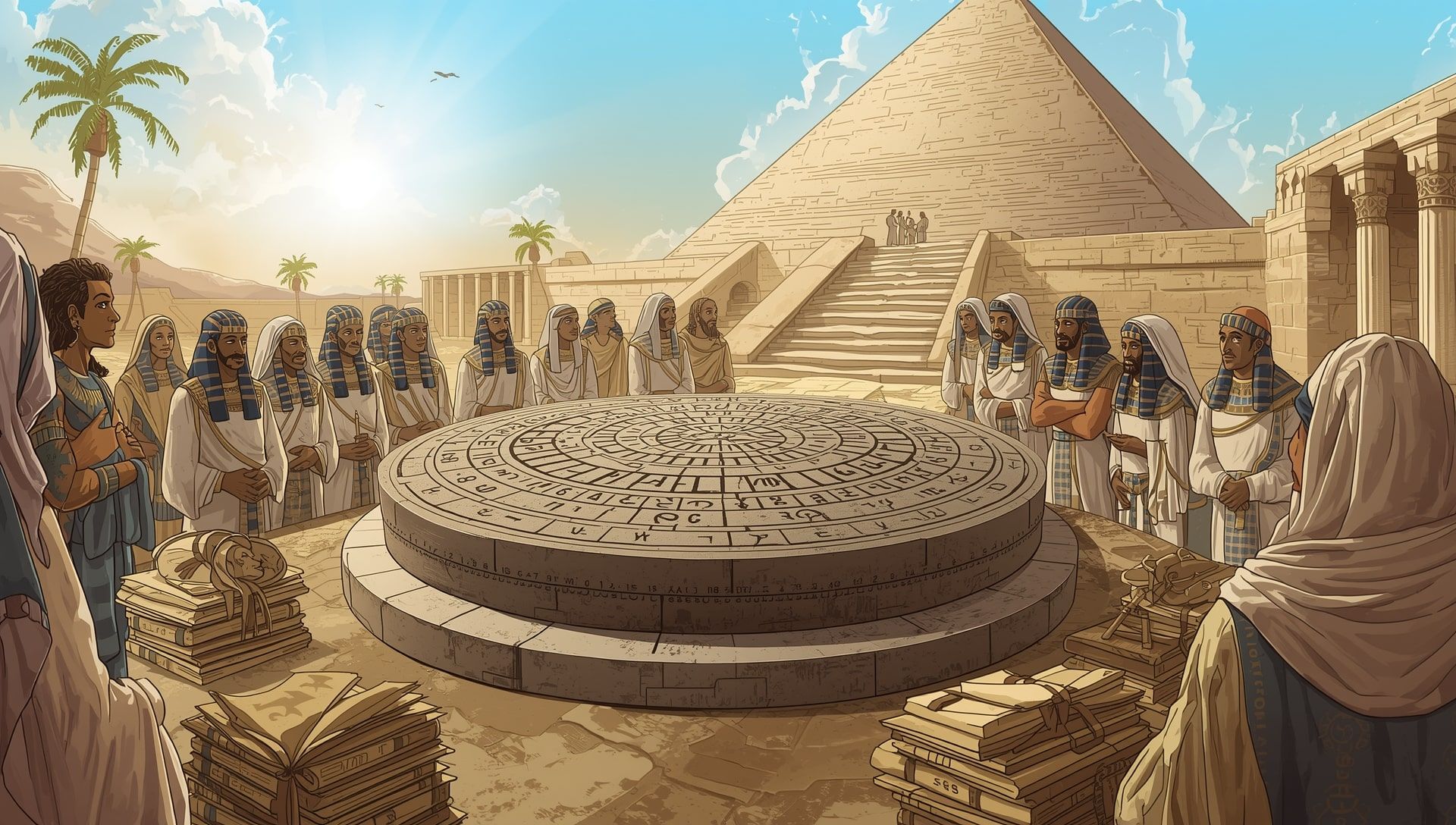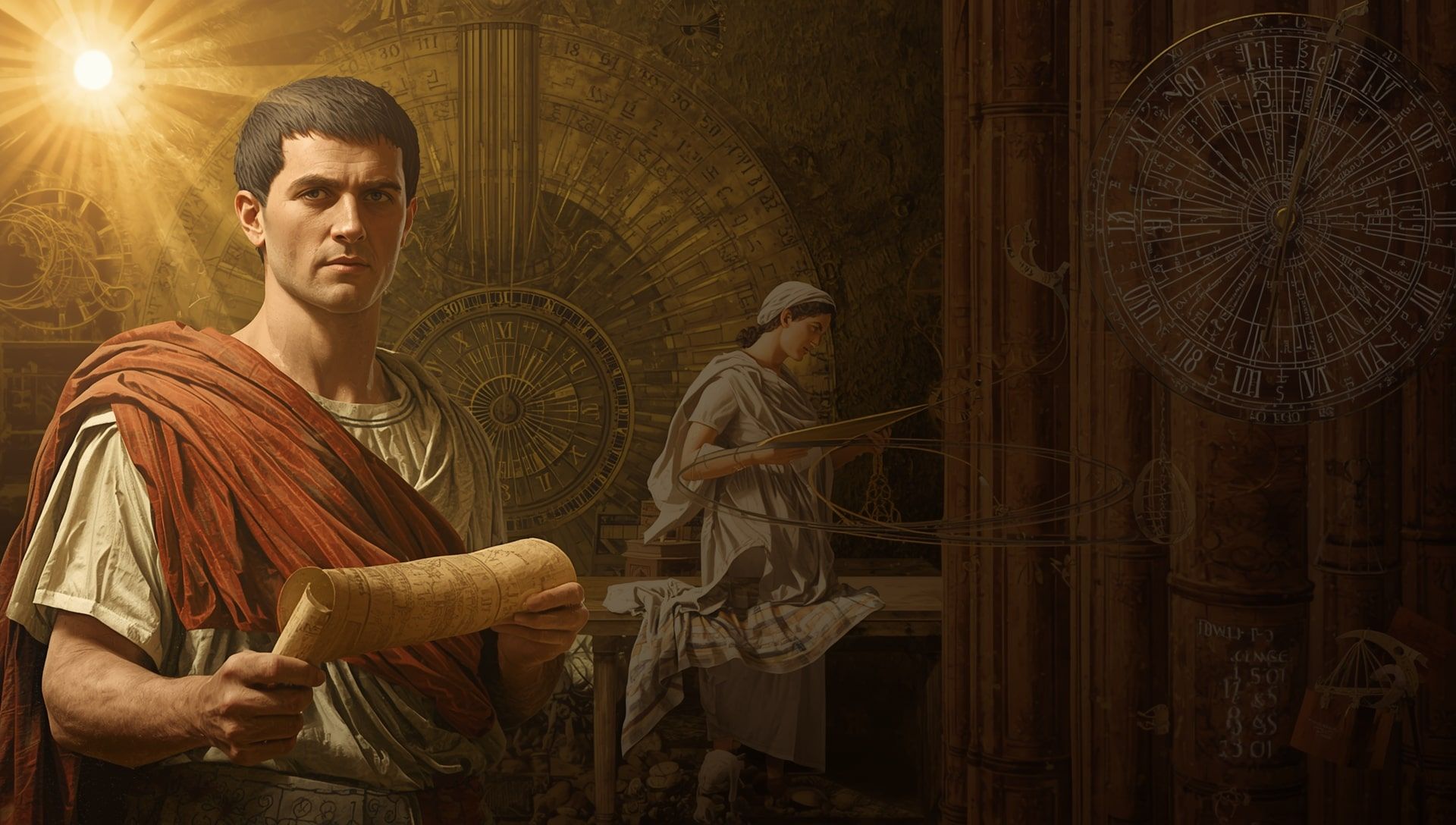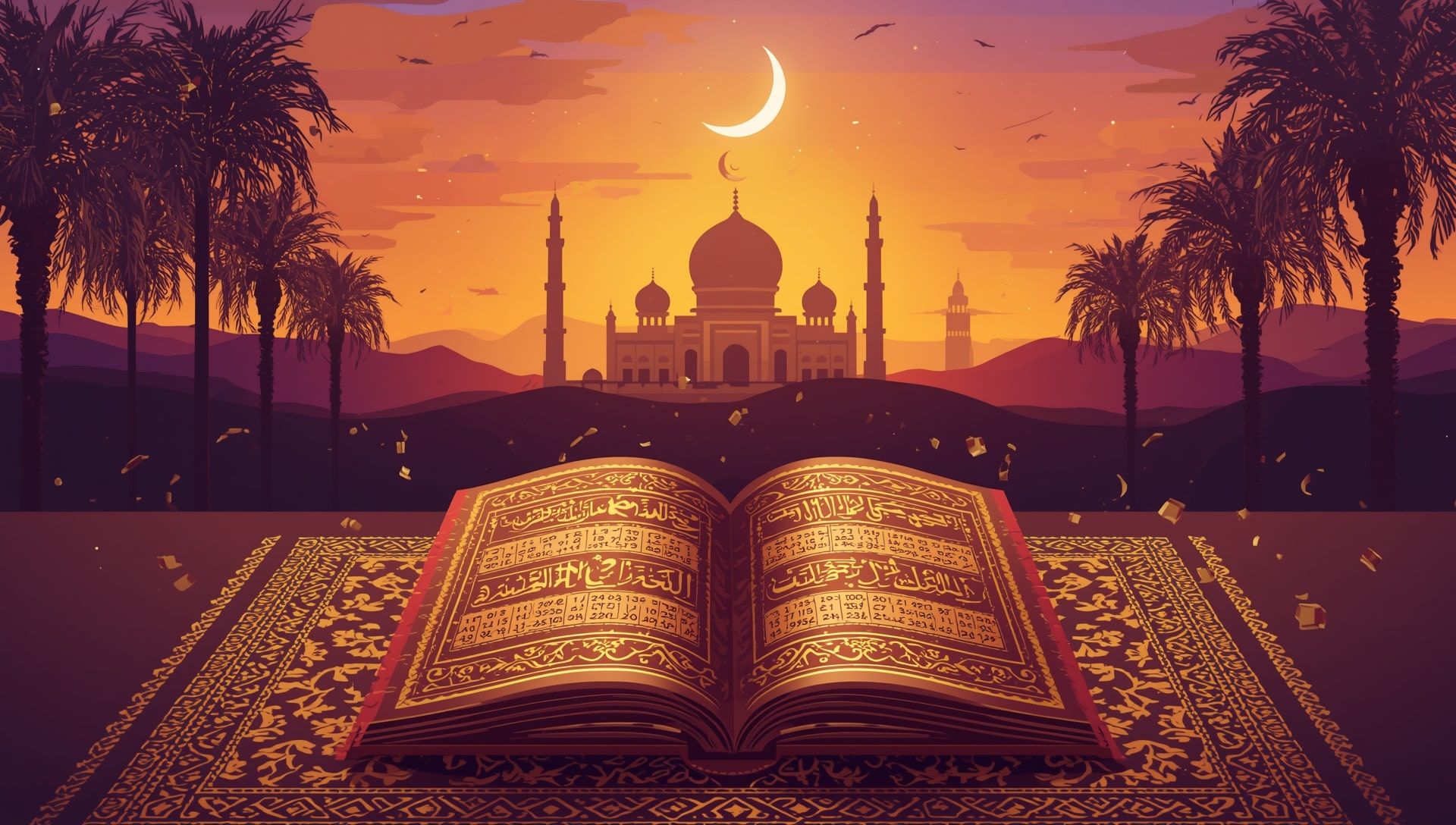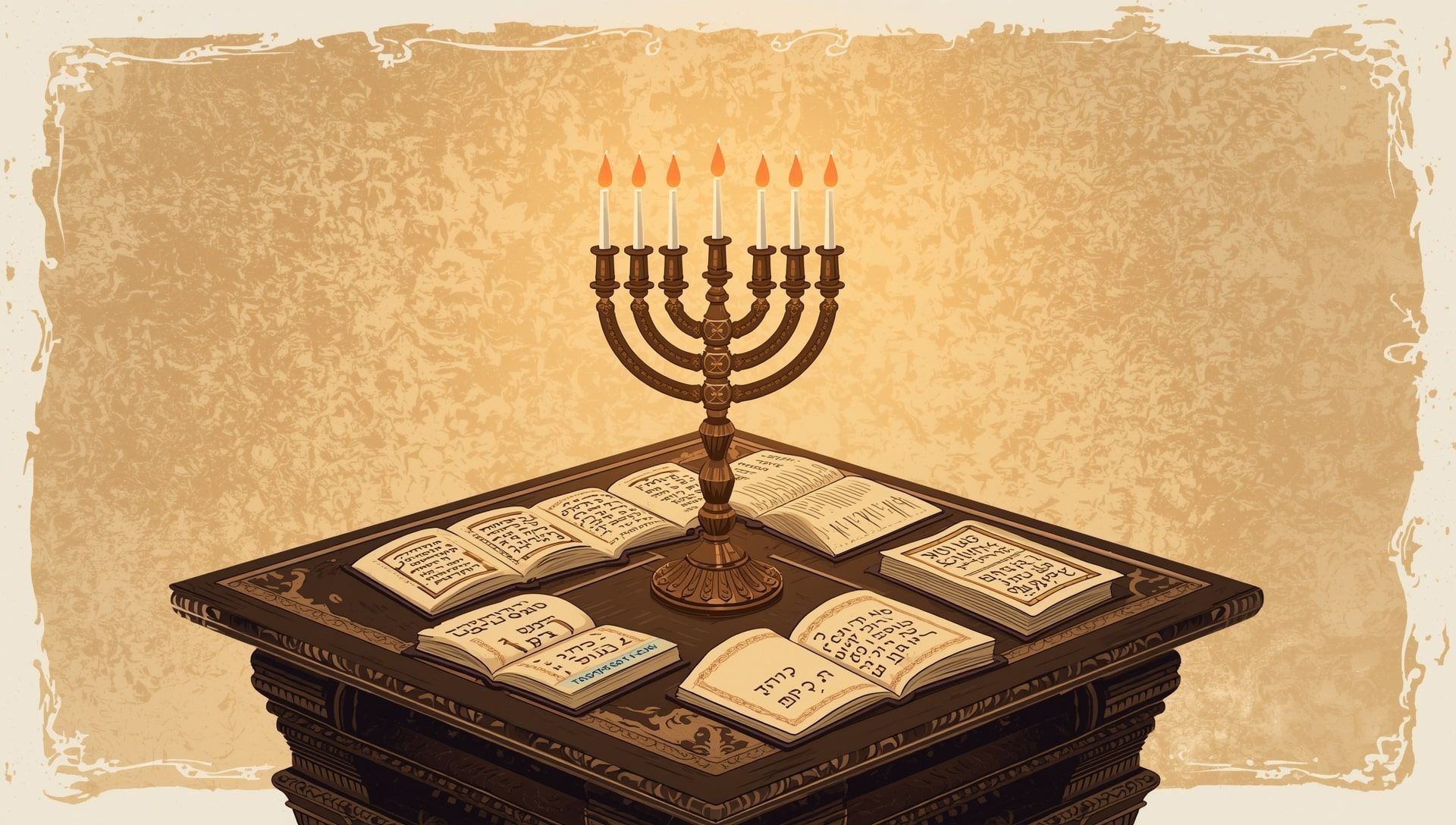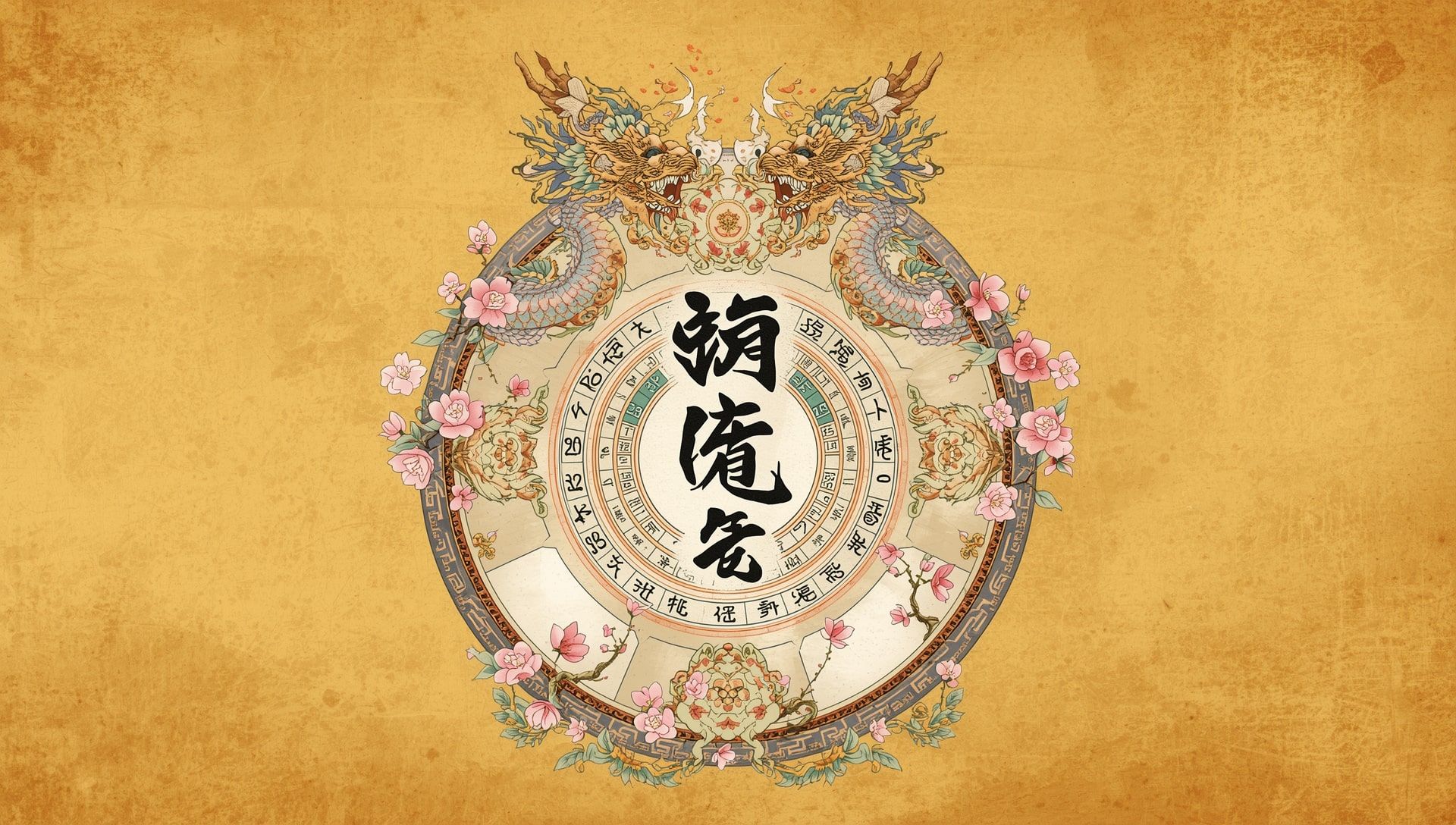The Babylonian calendar is one of the most intriguing creations of the ancient world. It wasn’t just a way to track time, but a bridge between human life and the cosmos. Its rhythm mirrored the dance of the Moon, the agricultural cycle, and the deep spiritual beliefs of a civilization that thrived more than 3,000 years ago. The story of this calendar tells us how the Babylonians viewed order, faith, and the passage of time itself.
How the Babylonian Calendar Worked
The Babylonians built their calendar around the Moon. Each month began with the first visible crescent after the new Moon. That tiny curve of light determined rituals, planting, and festivals. The calendar contained twelve lunar months, each lasting 29 or 30 days depending on observation. This connection between lunar movement and agriculture resembles what’s seen in other lunisolar systems developed centuries later.
This meant a year was roughly 354 days long, about eleven days shorter than the solar year. Over time, this difference added up. The seasons would drift out of sync with the months. To correct it, the Babylonians added an extra month every few years. This was known as intercalation. It kept spring in spring and harvest in harvest, much like how adjustments are made in the leap year concept today.
The Structure of a Babylonian Year
Each Babylonian year began in the spring, around the time of the vernal equinox. The first month was called Nisannu. It marked the start of planting and renewal, a rhythm still mirrored in seasonal time systems like the modern calendar.
- Nisannu: The beginning of the year and time for planting.
- Ayaru: The growing season.
- Simanu: The start of summer and preparation for harvest.
- Du’uzu: A month for celebrating fertility and abundance.
- Abu: The heart of summer, often dry and hot.
- Ululu: The harvest season.
- Tashritu: The time of balance, as day and night equaled.
- Arahsamnu: A period for reflection and offering thanks.
- Kislimu: The cold months began, with fewer crops and more rituals.
- Tebetu: The dark of winter.
- Shabatu: The month of storms and rain.
- Addaru: The last month before renewal, symbolizing endings and preparation.
When the timing slipped too far, an extra Addaru was inserted. This restored harmony between the Moon and the seasons, similar to what later became known as a revised calendar cycle.
Faith and the Heavens
The Babylonians didn’t separate science from spirituality. Observing the Moon was both a practical and sacred act. Priests watched the sky from ziggurats, marking each lunar phase and interpreting omens. Timekeeping was divine work, much like the spiritual symbolism seen in the liturgical seasons of later faiths.
The god Sin, the lunar deity, held great importance. His waxing and waning guided the people’s understanding of time and fate. Each festival, each season, each ritual was connected to the rhythms of the Moon and the divine order it represented.
Practical Life Under the Calendar
For farmers, the calendar was survival. They relied on it to know when to plant barley, irrigate fields, and prepare for floods. Traders used it to plan long journeys across regions, just as travelers today use time zone guides to synchronize their schedules.
Every month carried symbolic meaning. The full Moon was a time for offerings and community. The new Moon brought quiet reflection. The phases weren’t just celestial markers, they were woven into daily emotion and rhythm. Births, marriages, and burials followed lunar timing too, echoing how many modern celebrations still depend on celestial events.
The Babylonian Calendar’s Legacy
Though ancient, the Babylonian system shaped many calendars that came after. The Hebrew calendar borrowed its structure. The Greek Metonic cycle built on Babylonian mathematics. Even Roman timekeeping later reflected their influence. The roots of modern lunar festivals can trace their lineage back to Mesopotamia and other diverse calendar traditions.
Archaeologists have found cuneiform tablets describing these months, cycles, and calculations. Some date back to the second millennium BCE. Their precision shows how deeply the Babylonians understood both math and nature.
- Each month began with the first crescent Moon.
- 12 months per year, with a 13th added when needed.
- Calendar synced through direct sky observation.
- No fixed arithmetic rule existed for leap months early on.
How They Balanced the Sky and the Soil
To the Babylonians, the calendar was balance itself. Too much attention to stars could leave crops dying. Too much focus on farming could offend the gods. By tying both together, they ensured stability. Farmers relied on priests for celestial updates, while priests depended on farmers for signs from the earth—a cooperation mirrored today in agricultural seasonal tracking systems.
This cooperation bound society. Timekeeping became a shared ritual. Everyone participated, whether by watching the sky or tilling the ground.
The Influence Beyond Babylon
When Babylon fell, its calendar lived on. Persian kings adapted it. Jewish exiles carried it into their own faith traditions. Greek astronomers translated it into their language of geometry and cycles. Even early Christian scholars referenced Babylonian lunar systems to understand Easter’s shifting date, a practice that resonates with academic year cycles based on similar seasonal logic.
- The calendar influenced the Hebrew lunisolar calendar.
- Greek astronomers adopted its 19-year cycle for accuracy.
- Persian rulers maintained its agricultural timing.
- Modern researchers still study its tablets for historical data.
In essence, the Babylonian calendar became a quiet ancestor of timekeeping worldwide.
| Month Name | Approx. Modern Equivalent | Seasonal Role |
|---|---|---|
| Nisannu | March April | New year, planting |
| Ayaru | April May | Growth period |
| Simanu | May June | Harvest preparation |
| Du’uzu | June July | Fertility celebrations |
| Abu | July August | Peak summer heat |
| Ululu | August September | Harvest time |
| Tashritu | September October | Equinox festivals |
| Arahsamnu | October November | Offerings and gratitude |
| Kislimu | November December | Cold season begins |
| Tebetu | December January | Deep winter |
| Shabatu | January February | Rains and storms |
| Addaru | February March | Transition to new year |
Echoes of Babylon in Our Modern Time
The Babylonian calendar reminds us that timekeeping was once a shared human art. People looked up at the same Moon, felt the same seasons, and built meaning from patterns of light. Their calendar carried not just numbers but stories, prayers, and daily life, an early reflection of today’s interconnected global time systems.
In our digital age, time feels mechanical. Yet behind every clock tick lies an echo of those first observers on the ziggurat rooftops, watching for the Moon’s return. The Babylonian calendar was not about control, it was about harmony. It taught a civilization to move with the sky, not against it. And perhaps that’s something our modern world could learn again.
